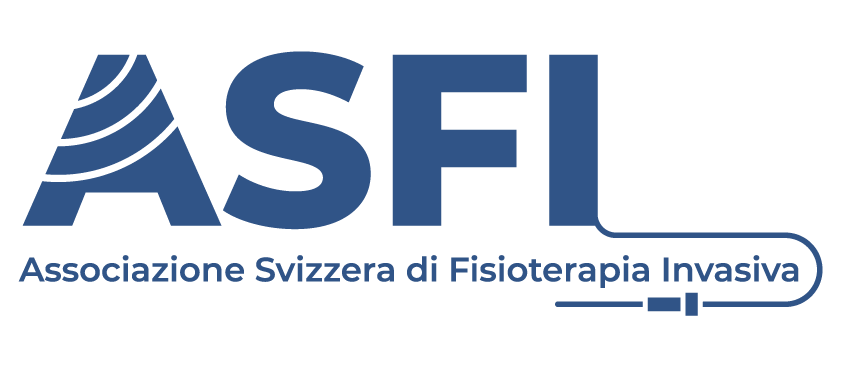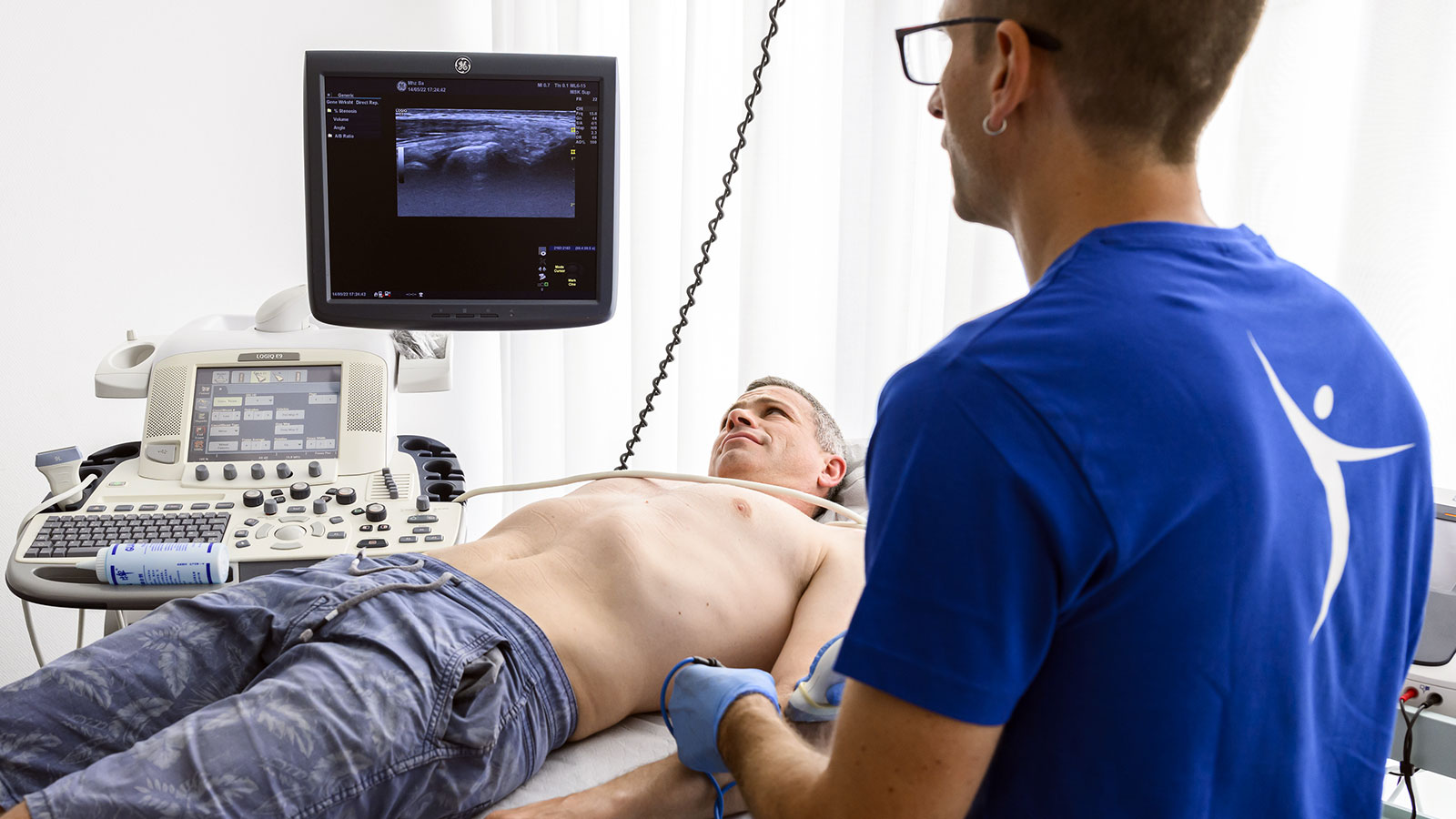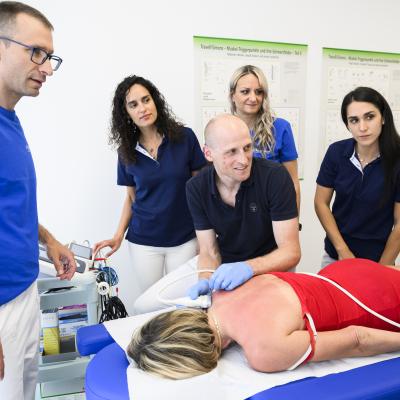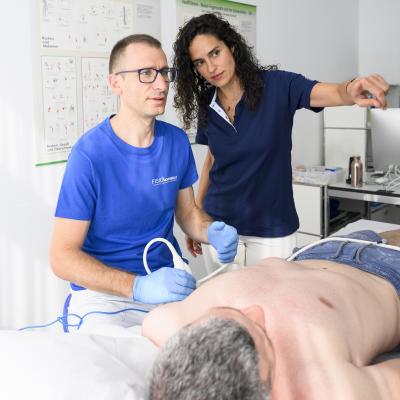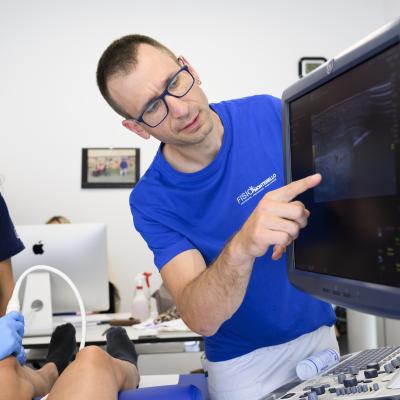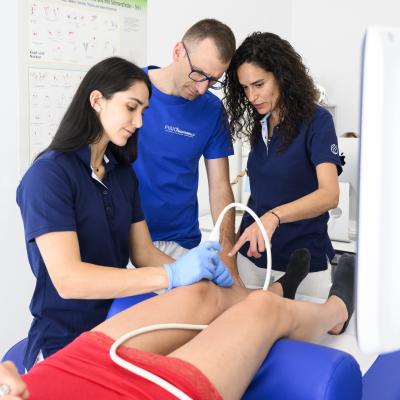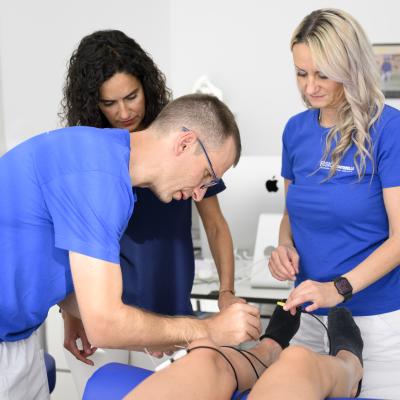In recent decades, physiotherapy has evolved beyond conventional practices, becoming increasingly vast, performing, and specialized, enabling the professional physiotherapist to achieve a high level of specialization and ensuring the utmost attention to the quality of the results. The evolution of the subject has led toward new and innovative working techniques, with efficacy proven by scientific evidence, while offering safety and maximum benefit for the patients.
Invasive physiotherapy includes any technique applied by a physiotherapist in his field of expertise in which a needle is used percutaneously with ultrasound-guidance into the neuro-musculo-skeletal tissue as a tool for evaluation and/or treatment.
Some of the most common procedures in this discipline are percutaneous electrolysis (EPM), percutaneous neuromodulation (NMP_e), dry needling, mesotherapy, and electroacupuncture.
As a basis for the use of these techniques, a thorough knowledge of musculoskeletal ultrasound is necessary, which allows the evaluation and/or guidance of the treatments. This allows more effective results especially where previous treatments have failed.
Invasive physiotherapy does not replace conventional physiotherapy but is a complement that exponentially increases the therapeutic effect.
A major advantage of invasive physiotherapy consists in the results, which can already be seen after the first treatment. Usually three to five sessions are needed to treat a problem (e.g., epicondylitis).
This type of treatment has an excellent cost-benefit ratio, on the one hand due to the important savings in terms of treatment costs and on the other hand due to the fact that the patient can resume work activity earlier, thus representing an important savings for loss of earnings insurance.
